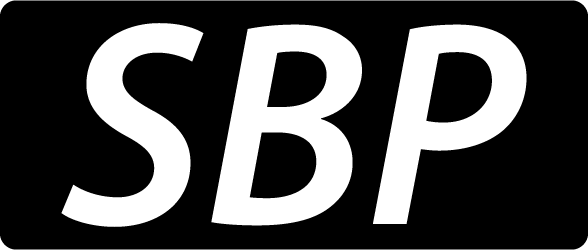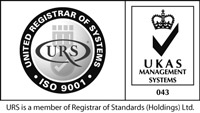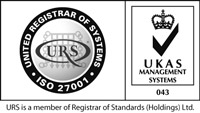ElasticSearch
We build amazing projects using ElasticSearch Whether you are a small company looking to implement a scalable search solution or an enterprise aiming to optimize data analysis, our Elasticsearch development services are tailored to meet your unique business requirements. GET IN TOUCH At SBP, we understand that modern applications are data-driven, and that Elasticsearch plays […]
















